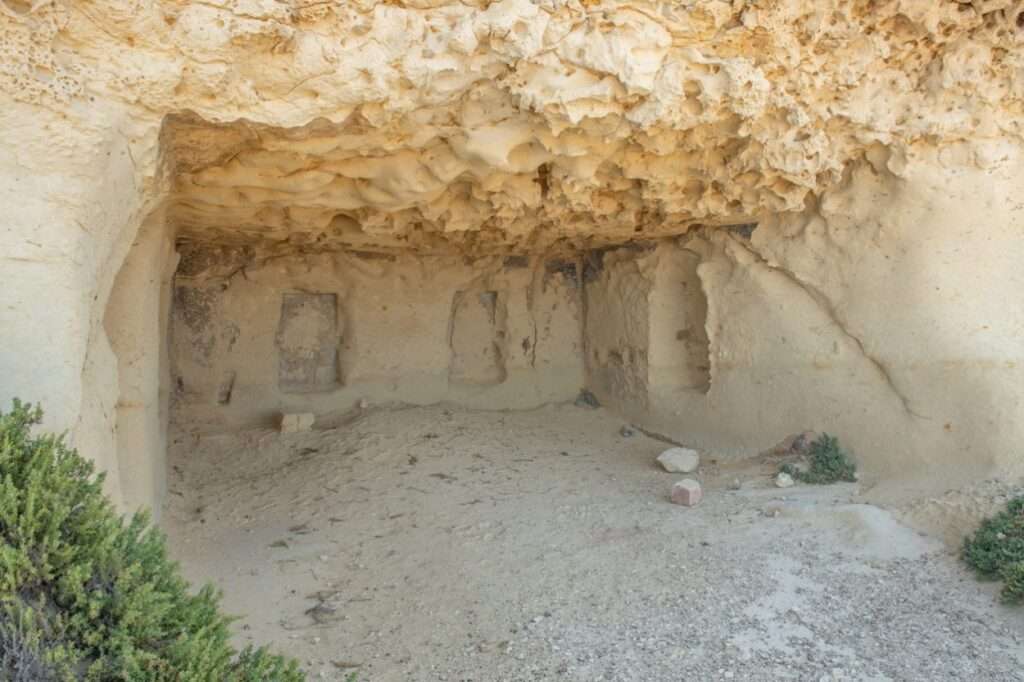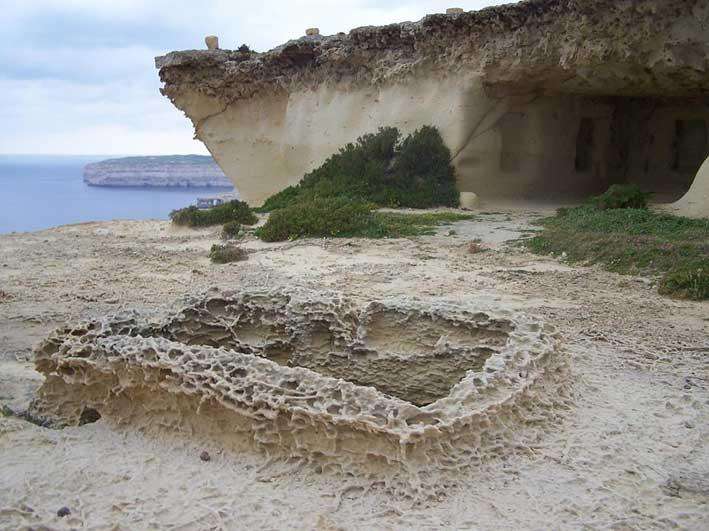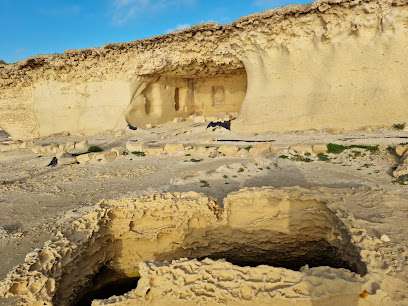Table of Contents
ToggleUnveiling Gozo’s Hidden Heritage: The Wardija Punic Temple
Far from the hustle of the more frequented tourist sites, lies one of Malta’s lesser-known historical gems—the Wardija Punic Temple. While modest in size, the significance of this ancient site stretches back over two millennia, offering a rare glimpse into Gozo’s Punic past and the island’s role in the wider Mediterranean world. For the historically curious traveler or the keen explorer, a visit to the Wardija Punic Temple is a journey into the depths of time.
A Forgotten Treasure on Gozo’s Landscape
Located near the village of San Lawrenz, close to Dwejra and in the Wardija ta’ San Ġorġ area, the temple stands in peaceful isolation, perched on a ridge with sweeping views of the surrounding valleys. The location was likely chosen for both its natural beauty and strategic vantage point. Today, it feels worlds away from modernity—a quiet place where time has slowed, and nature gently reclaims its ancient secrets.
The temple is not grand by classical standards—there are no towering columns or sweeping staircases—but its simplicity is precisely what makes it so captivating. What remains is a humble sanctuary carved into the rock, with traces of a rectangular room and niches that once housed votive offerings or sacred objects. Scholars believe it dates to the late Punic period (roughly the 3rd to 2nd centuries BCE), when the island was under the cultural influence of Carthage, one of the great powers of the ancient Mediterranean.

A Rare Example of Punic Religion in Malta
While the Maltese islands are famed for their prehistoric temples—some of the oldest free-standing structures in the world—less attention is often paid to the Punic and Roman layers of Malta’s history. The Wardija Punic Temple is one of only a few Punic-era sanctuaries discovered on Gozo, making it a rare archaeological site that sheds light on a lesser-understood period of Maltese history.
The Punic people, descendants of the Phoenicians and closely tied to the Carthaginian empire, were seafaring traders who established settlements across the Mediterranean. Their religious practices were a blend of ancient Canaanite traditions and localized customs. While the exact deity worshiped at Wardija remains unknown, some scholars speculate the temple may have been dedicated to a fertility goddess such as Tanit, a major figure in the Punic pantheon.
This small sanctuary likely served as a rural shrine, perhaps visited by farmers seeking divine favor for their crops, or by travelers offering prayers for a safe journey. It was a spiritual waypoint in the rhythms of everyday life—a sacred space that connected the people of Gozo with their gods, and by extension, the wider Punic world.
Rediscovery and Preservation
The site first came to scholarly attention in the early 20th century, with significant documentation conducted by archaeologists from the University of Malta and later, the Museums Department. Unfortunately, as with many ancient sites in rural settings, the Wardija Punic Temple suffered from natural erosion and occasional vandalism over the decades. However, efforts have been made to preserve what remains and to raise awareness of the site’s importance.
Although it remains unexcavated in a formal archaeological sense, surface findings—including pottery shards and remains of votive offerings—have helped experts date the site and better understand its function. Today, the temple is protected as a heritage site under Maltese law, and while it isn’t developed for mass tourism, it remains accessible to those willing to venture a little off the beaten path.
A Journey for the Curious Explorer
Reaching the Wardija Punic Temple requires some determination—and sturdy footwear. From the road, it’s about a 15–20-minute walk along country paths and dirt tracks. The reward is not only the temple itself but the serene beauty of Gozo’s rural landscape: golden fields, dry stone walls, wildflowers, and views that stretch all the way to the sea.

There are no signs, no ticket booths, no crowds. Just you, the wind, and the whispers of history. For those seeking an authentic, immersive experience of Gozo’s ancient past, this is it. Bring water, a good camera, and perhaps a guidebook—or better yet, a local guide—to fully appreciate the site’s context.
A Testament to Cultural Layering
The Wardija Punic Temple is more than just an archaeological curiosity; it’s a testament to the complex cultural layering that defines Malta’s history. From prehistoric farmers to Punic sailors, Roman administrators, Arab settlers, and European knights, each wave of civilization left its imprint on the islands. Wardija is one of the few places where the Punic layer can still be seen and felt directly, untouched by the grandeur or reconstruction of later ages.
It’s this authenticity that makes the temple so powerful. In its worn rock and quiet setting, it speaks of a time when the Mediterranean was a crucible of cultures, and Gozo was part of a network that stretched from North Africa to Sicily and beyond.

While it may not appear on the top of typical tourist itineraries, the Wardija Punic Temple offers something far more rewarding: a sense of discovery, a brush with the ancient, and a moment of quiet contemplation in a fast-moving world. For travelers who crave more than photo ops and souvenir shops, it’s a reminder of the richness that lies hidden just beneath the surface—and a call to look a little closer.
So next time you find yourself in Gozo, take a detour. Walk the path less traveled. You might just find yourself standing in the footsteps of ancient worshipers, gazing out over a timeless land, and feeling a connection that spans millennia.



